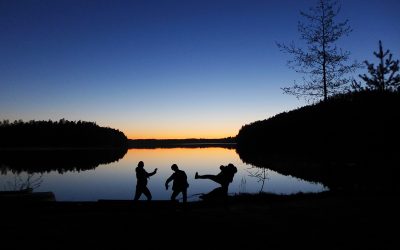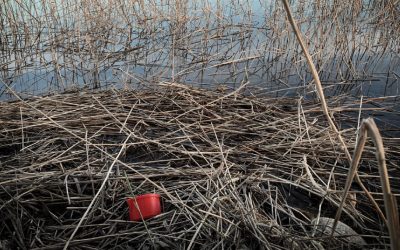ASIKKALA, FINLAND

Asikkala, Finland
Located in the heart of southern Finland, Asikkala is a picturesque municipality known for its stunning natural landscapes, pristine lakes, and rich cultural heritage. Situated along the shores of Lake Päijänne, Finland’s second-largest lake, Asikkala offers visitors a perfect blend of outdoor adventure, traditional Finnish charm, and serene beauty.
Asikkala is best known for its connection to Lake Päijänne, a paradise for water enthusiasts. The Päijänne National Park, which stretches across the lake’s islands, offers endless opportunities for boating, fishing, and kayaking. With its crystal-clear waters and lush green islands, the park is a favorite destination for nature lovers looking to explore Finland’s stunning lake district.
One of the most iconic landmarks in Asikkala is the Vääksy Canal, which connects Lake Päijänne to Lake Vesijärvi. The canal is a key piece of Finland’s waterway network, and visitors can watch boats navigate through the locks or stroll along the canal’s scenic paths. The surrounding Vääksy village is a charming hub of local shops, traditional Finnish restaurants, and cafés where you can enjoy a peaceful afternoon by the water.
For those who enjoy outdoor activities, Asikkala offers a wide range of hiking and cycling trails that wind through its forests, lakes, and countryside. The nearby Pulkkilanharju Ridge is a popular spot for hiking and offers breathtaking panoramic views of Lake Päijänne. In winter, the region transforms into a wonderland of snow, providing opportunities for cross-country skiing and ice skating.
Asikkala is also rich in cultural history. The town’s Päijännetalo museum offers insights into the local traditions, history, and the importance of Lake Päijänne to the region’s development. Throughout the year, Asikkala hosts various events and festivals, celebrating Finnish traditions, music, and local crafts.
Whether you’re exploring the tranquil waters of Lake Päijänne, hiking through scenic trails, or immersing yourself in Finnish culture, Asikkala is a destination that offers a perfect balance of nature, tradition, and relaxation.
RELATED ARTICLES
Students from Asikkala help clean the beaches in Granville
At September 20th 2021 students from the Lycée Julliot la Morandiere in Granville and their teachers, together with students from Asikkala, helped to clean the beaches, assisted by a youth integration and training organisation. It is part of an Erasmus+ project with...
Winner Douzelage Photo Competition 2019!
We are honored to announce the winning photo of the 2nd edition of the Douzelage Photo Competition! The theme was: “Douzelage, Asikkala and Sustainability”. We realize that this is not an easy theme, but we were positively surprised by the inventiveness and creativity...
Mind changing presentation on Circular Economy
On Friday May 17th Mr. Jeannot Schroeder, climate pact coordinator in the municipality of Niederanven, Luxemburg, gave an inspiring presentation on circular economy in the General Meeting. The Powerpoint presentation is displayed here.













